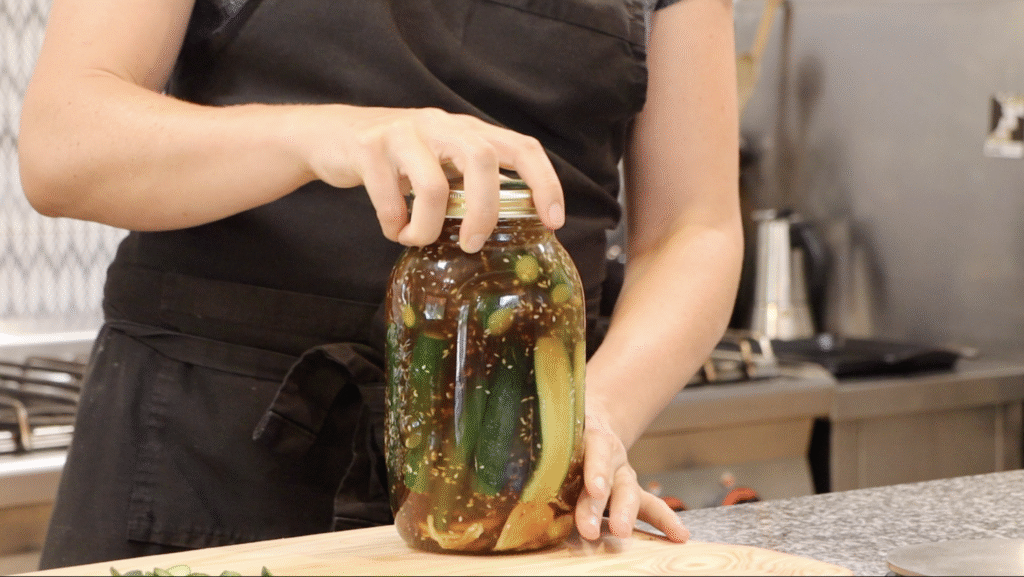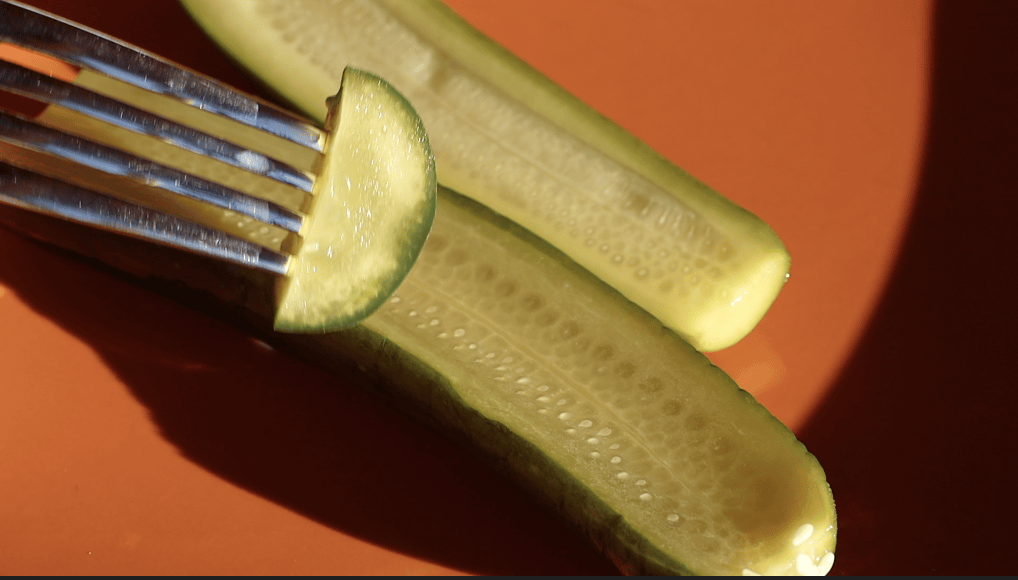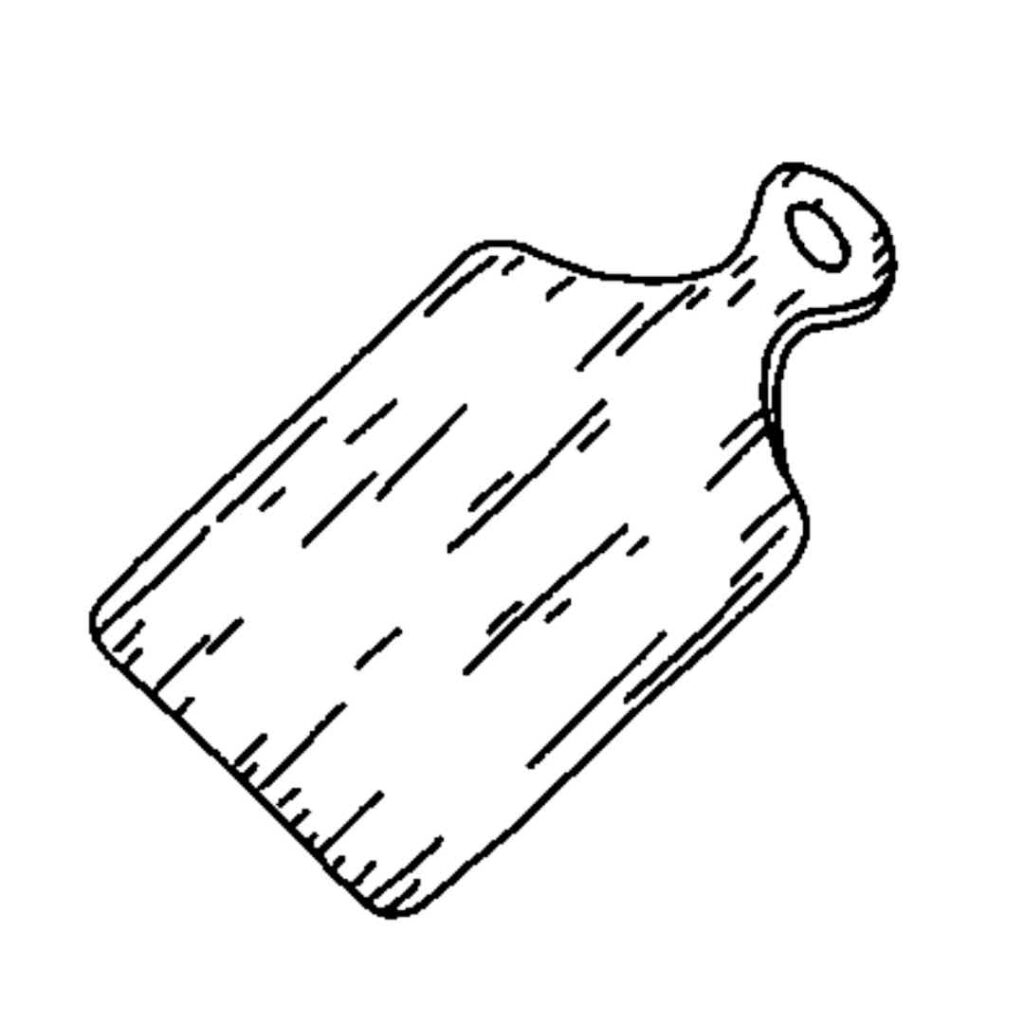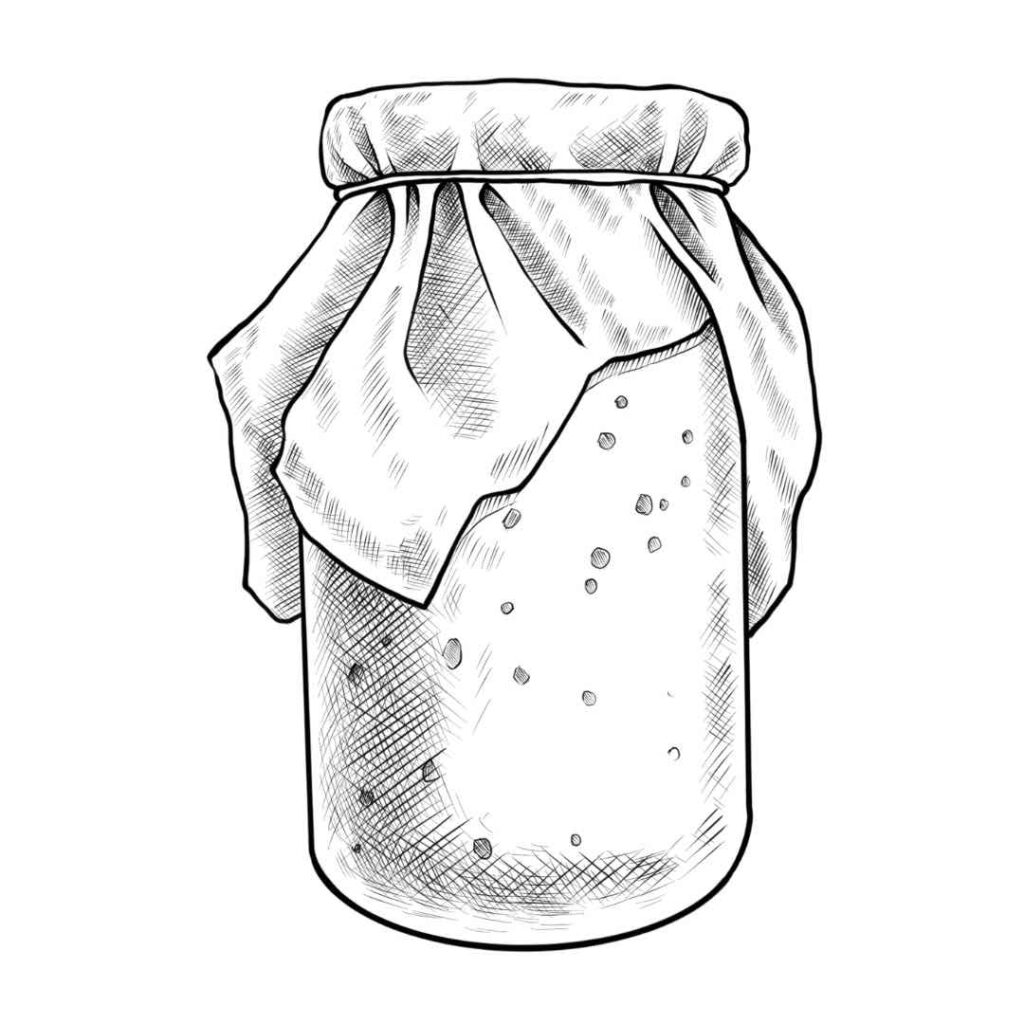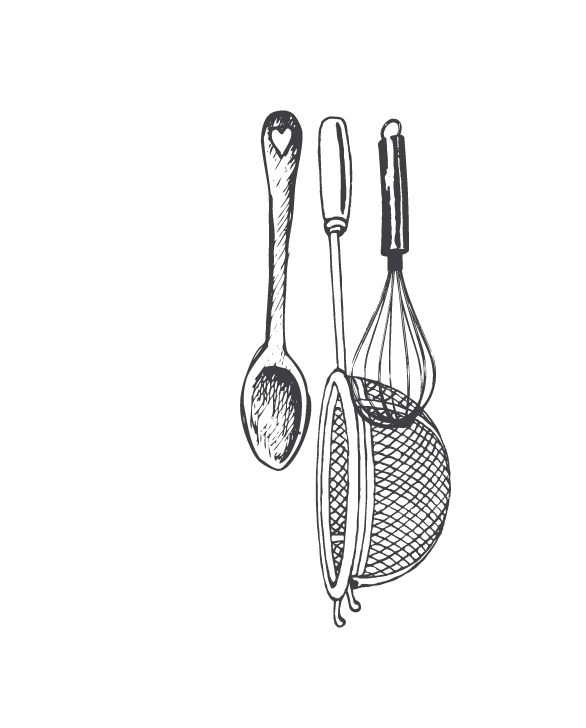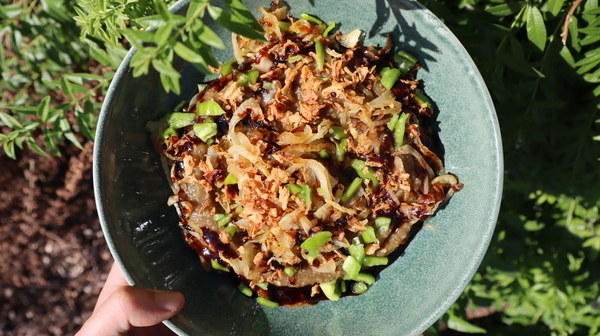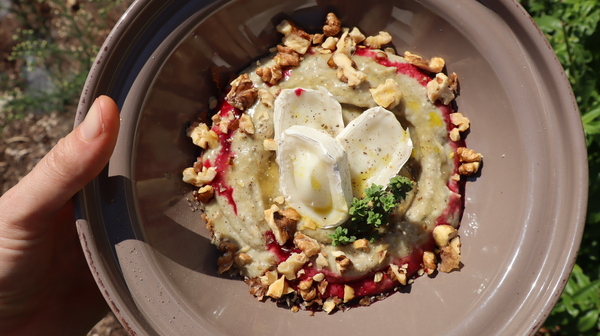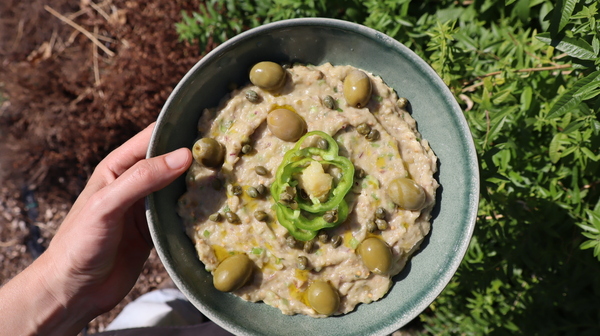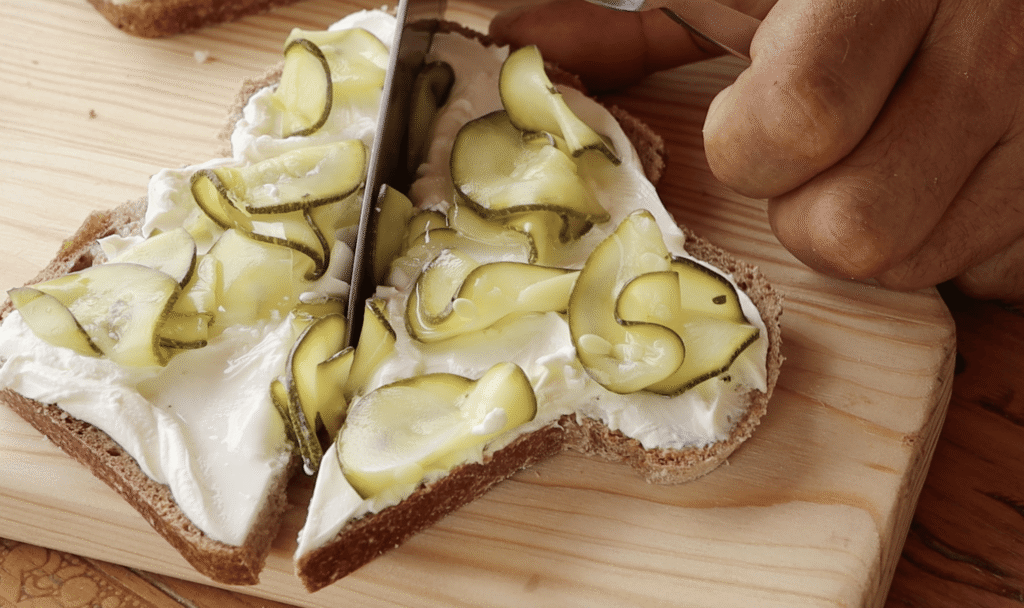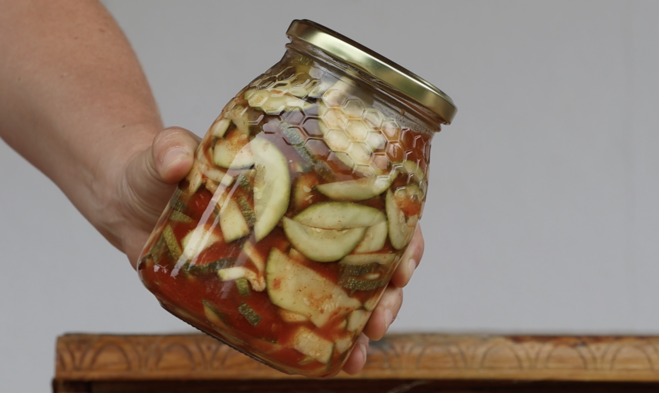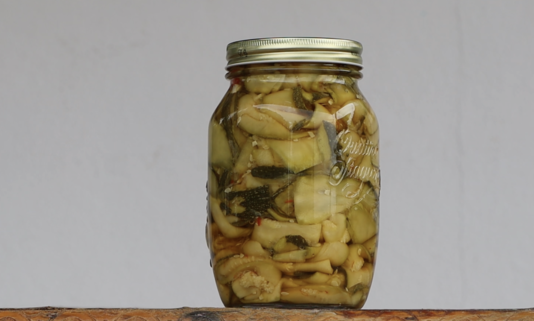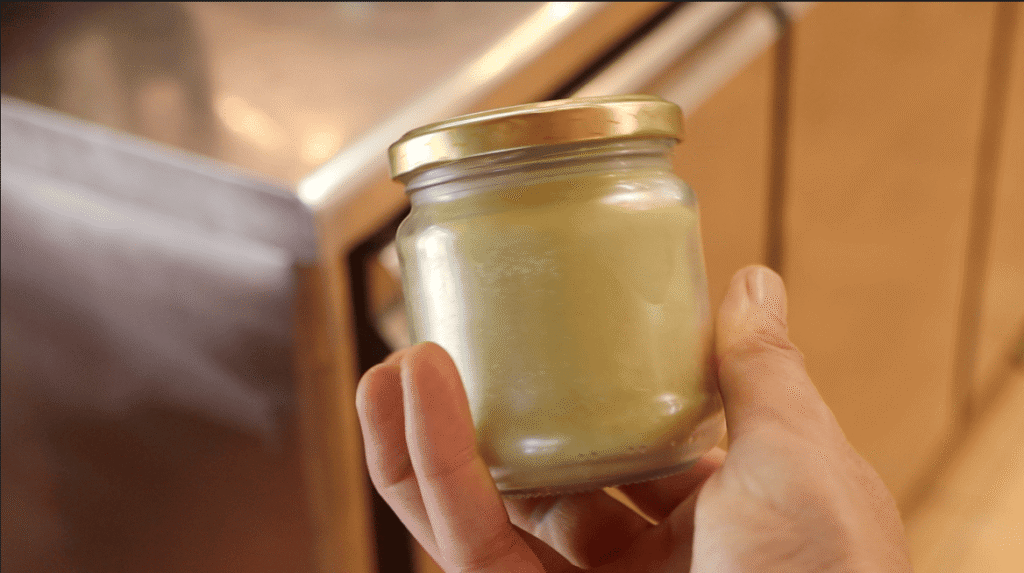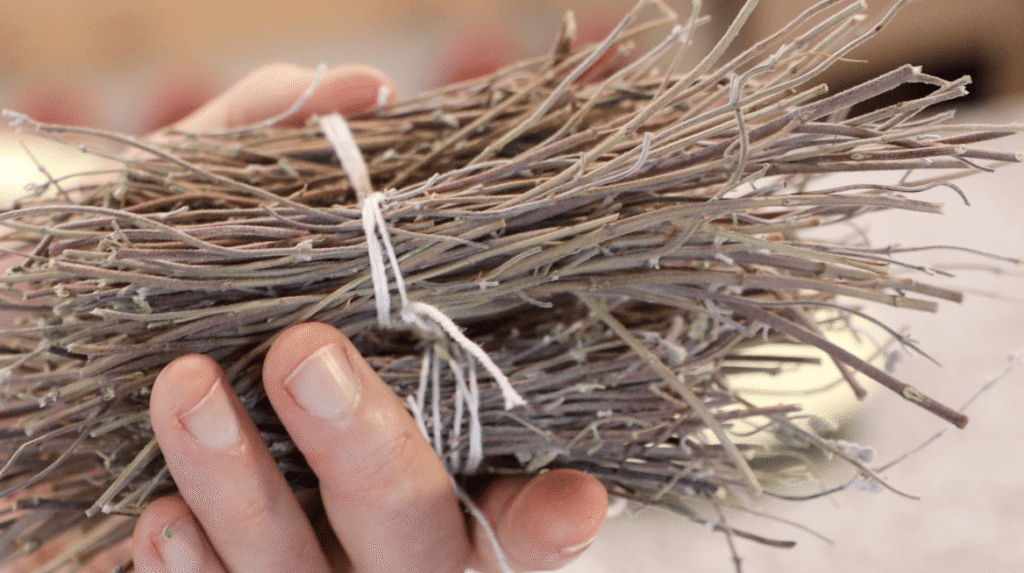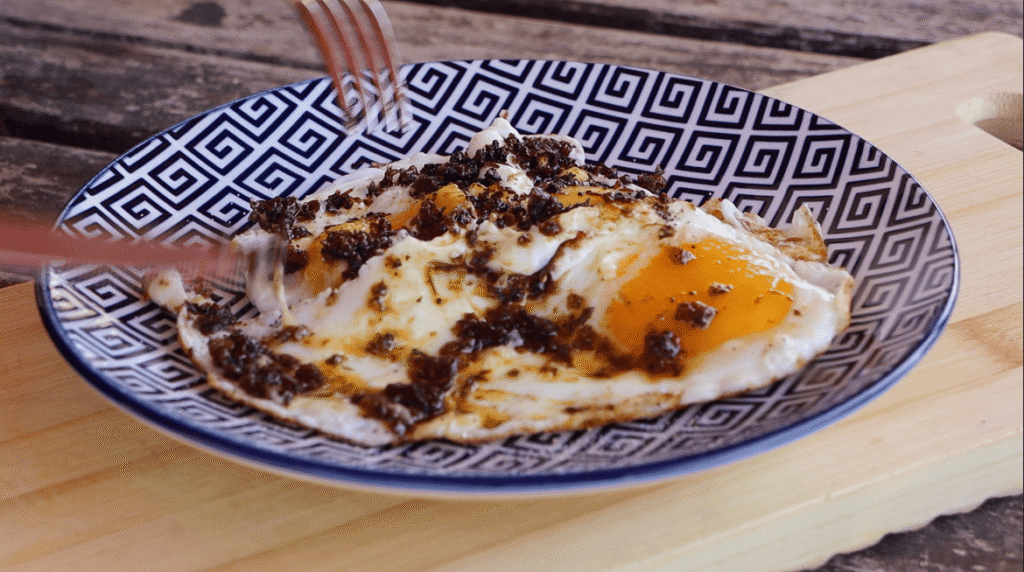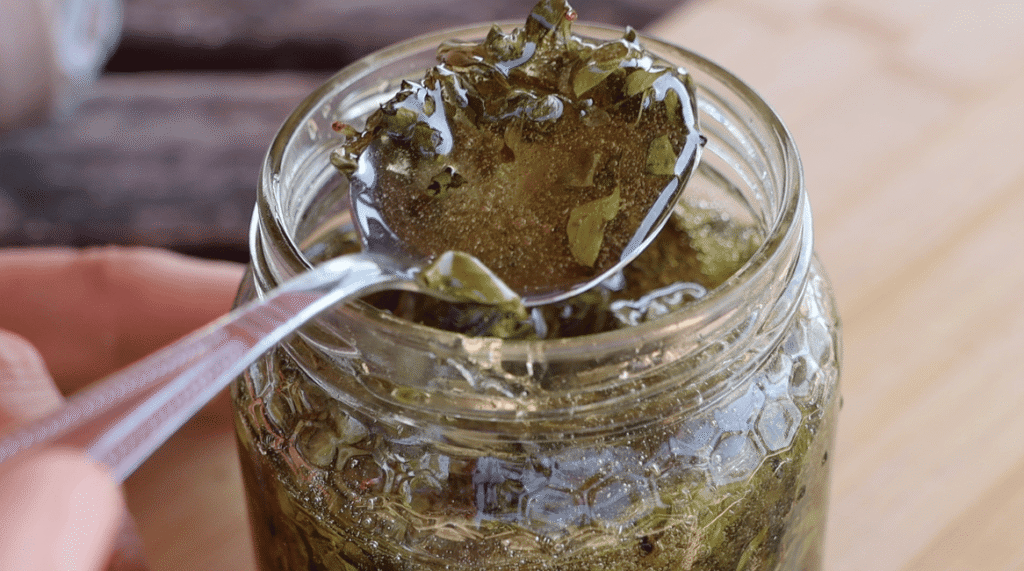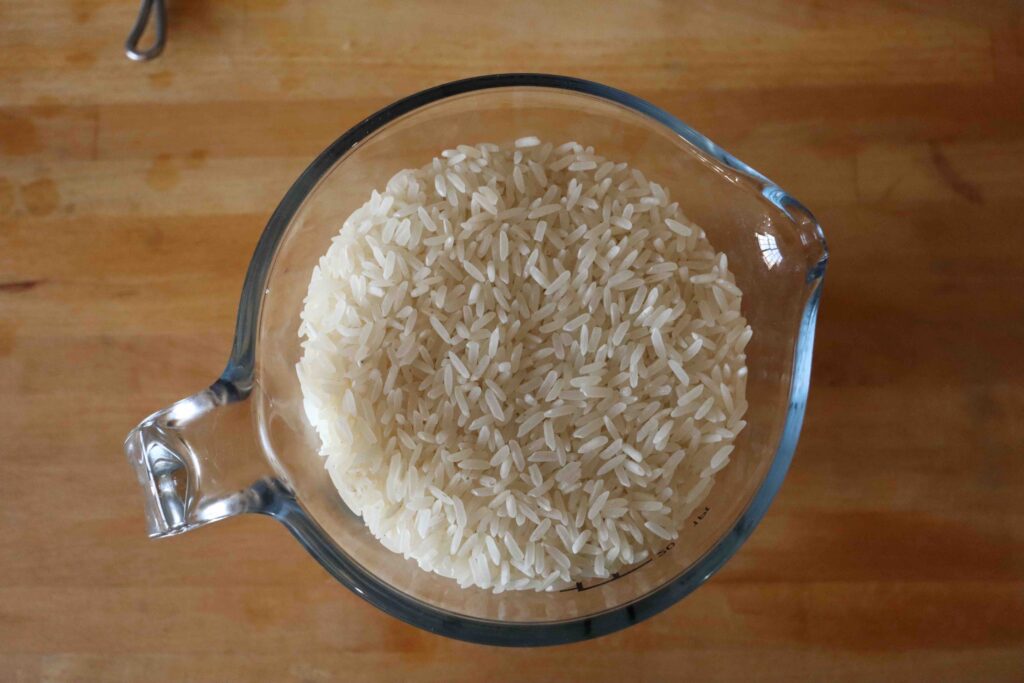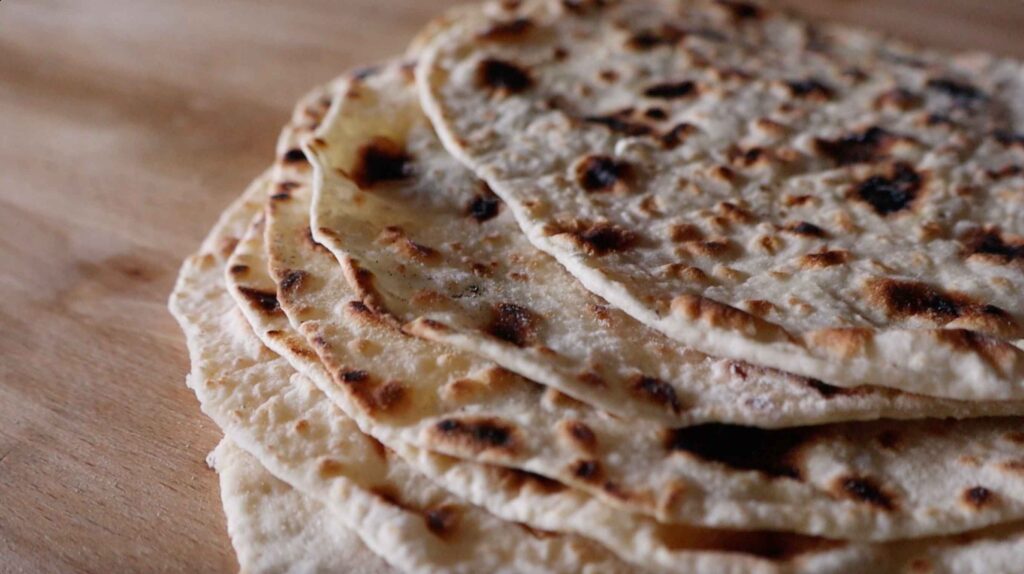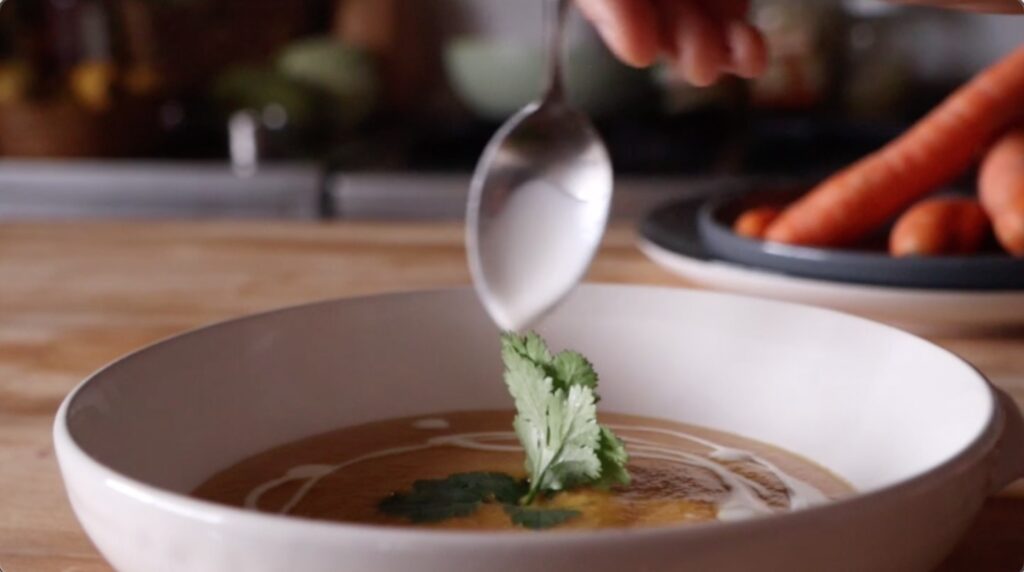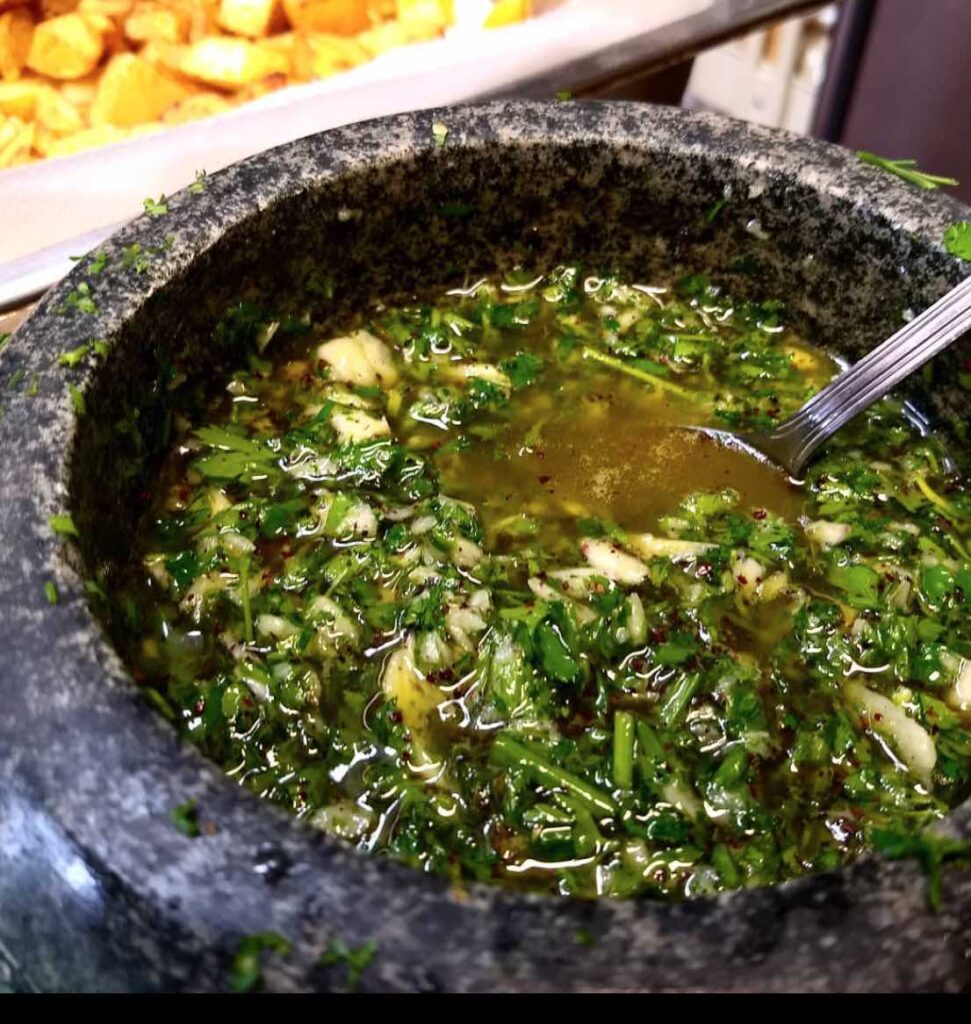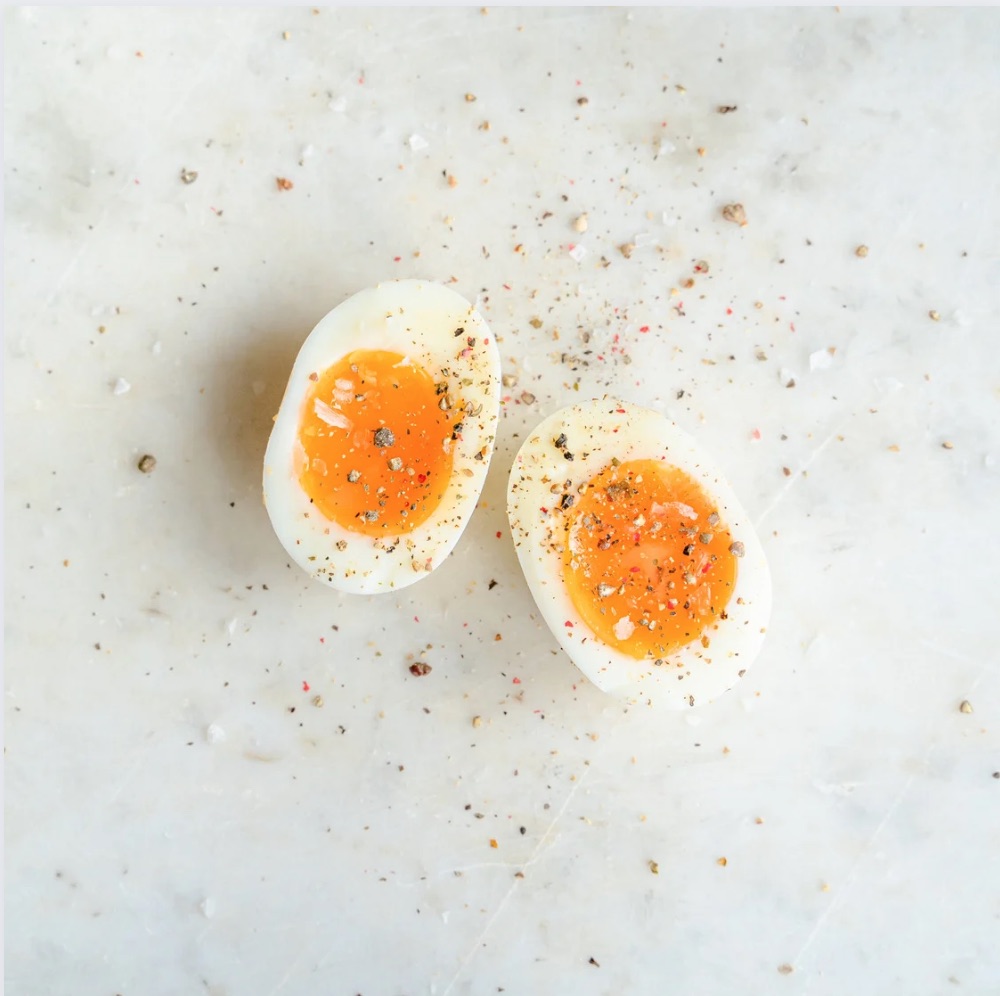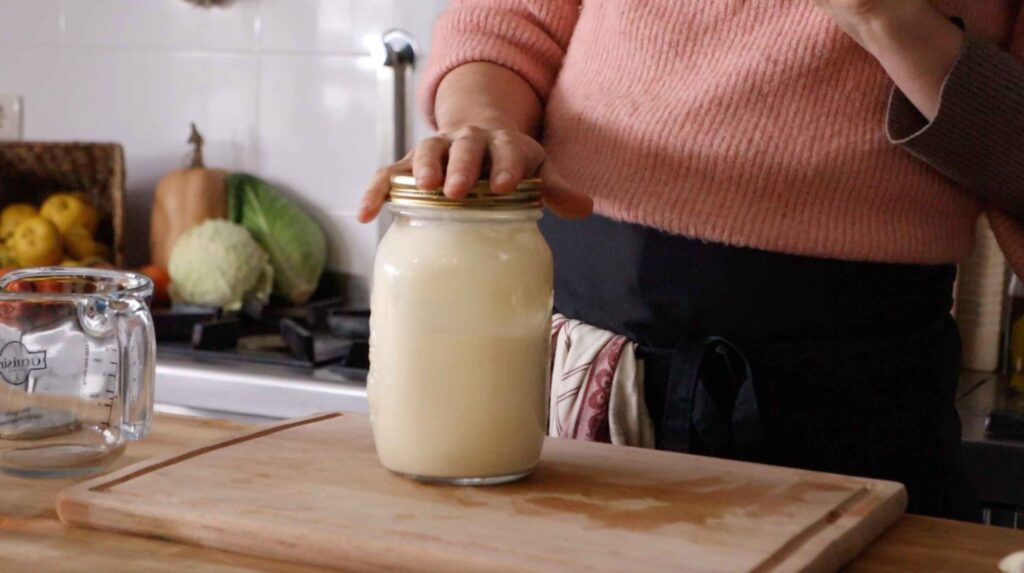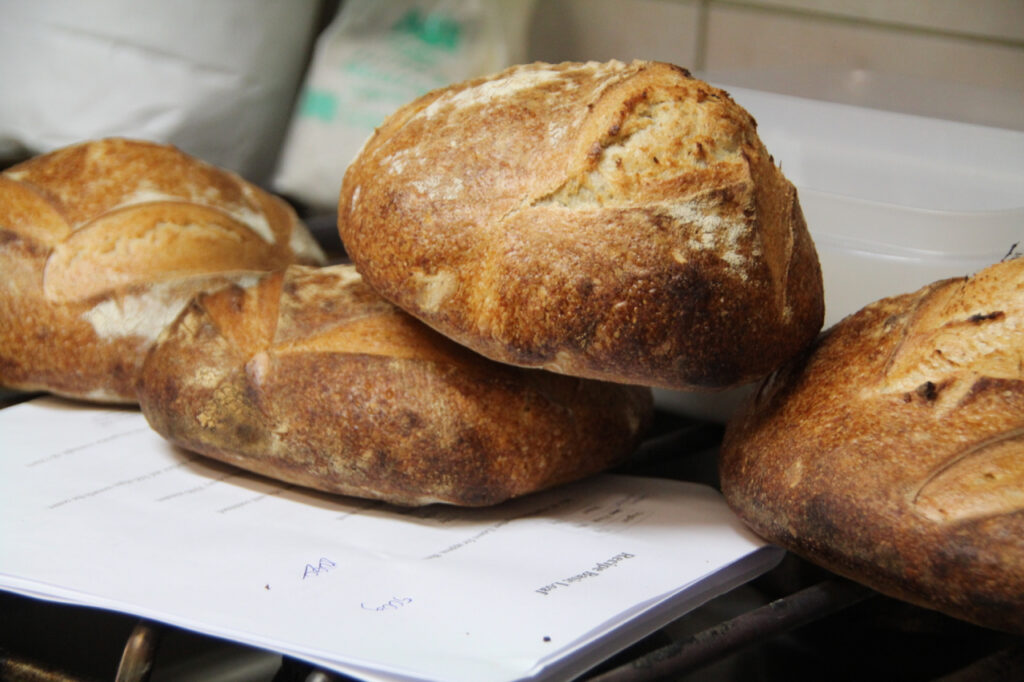Can I use regular cucumbers instead of pickling cucumbers?
Yes, but with caution. Regular cucumbers tend to be more watery and have thinner skins, which may result in a mushier pickle. If using them, deseed and peel them, and ferment for a shorter time—2–3 days max.
What are kaffir lime leaves (djoeroek perst)?
They’re aromatic citrus leaves used in Thai and Indonesian cooking. Their floral, citrusy flavour infuses the brine beautifully. Find them fresh or frozen in most Asian supermarkets. Can’t find them? Substitute with a strip of lime zest (avoiding the white pith).
Why use both soy sauce and salt brine?
Soy sauce brings umami and colour, but not enough salt to safely ferment on its own. The 5% salt brine ensures proper preservation while allowing the soy to shine as a flavour booster.
Why grate the garlic instead of adding it whole?
Grated garlic releases more flavour and enzymes, kickstarting fermentation and permeating the brine more evenly. Just don’t go overboard—grated garlic gets strong during fermentation!
How do I add heat or variation to this recipe?
Try any of these:
1 chopped red chili or 1 tsp chili flakes
A few slices of fresh ginger
A piece of cinnamon stick or Szechuan peppercorns
A few thin slices of carrot or daikon (just keep cucumber the star)
My brine is cloudy—normal?
Totally! A cloudy brine is a natural by-product of healthy lactic acid bacteria. You might see white floaties too—harmless yeast or garlic sediment. But if it smells rotten, looks slimy, or has pink/black mold—compost it and try again.
What does orange peel do in this ferment?
Orange peel adds a floral citrus note that pairs beautifully with star anise and soy. It’s not overpowering, but it adds brightness. Always use organic peel and avoid the white pith, which can turn bitter.
How long do these pickles last?
Up to 3 months in the fridge. They’ll continue to develop flavour over time—especially the garlic, soy, and citrus elements. Always make sure the veg stays submerged and the jar is clean.
Can I reuse the brine?
Technically yes—for things like salad dressings or as a ferment starter. But we don’t recommend reusing it for a new batch of pickles—it may be too acidic or unbalanced for safe fermentation.
Best way to enjoy them?
Our faves:
On steamed rice with sesame oil
On a peanut sandwhich
With grilled pork, or chicken
As a tangy topper for noodle bowls
Straight from the jar while you’re cooking
